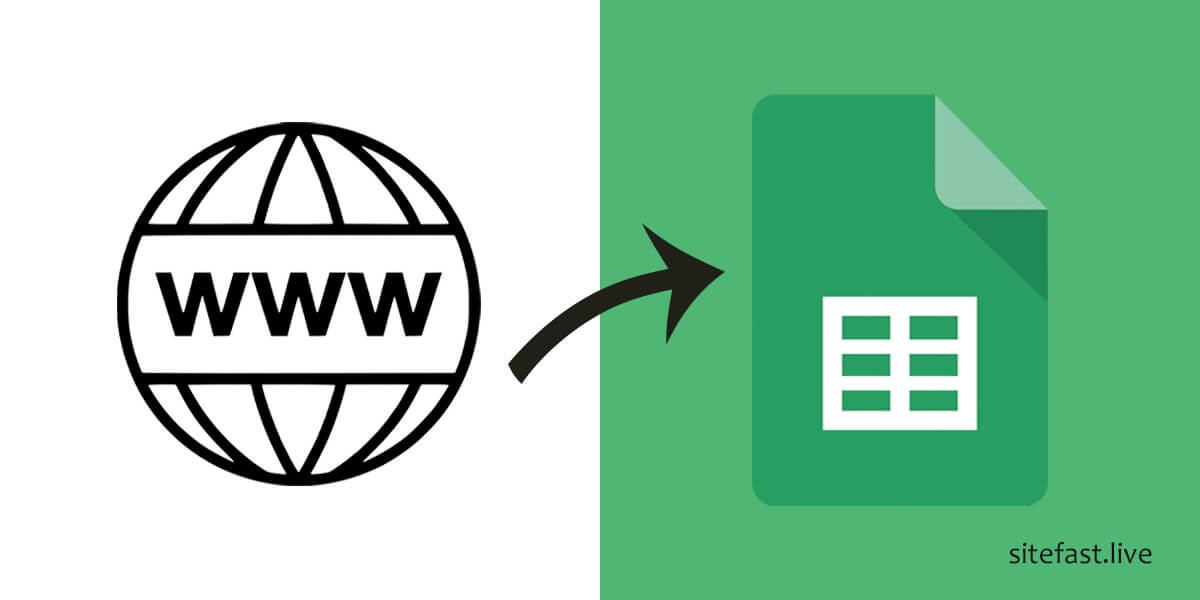How to scrape data from website to Google Sheets

You can use the API key of Google Sheets to scrape data from any website to your spreadsheet. To find your API key, click the "profile" icon in the toolbar and select "Account." Then, in your spreadsheet formula, replace PROJECT_TOKEN with your project token and API_KEY with your account API key. After scraping the data, your spreadsheet will be auto-populated.
Simplescraper
You've probably used a tool such as Simplescraper to scrape data from websites and export it to Google Sheets. While you can use other similar tools, Simplescraper is unique among them in that it can save the scraped results automatically to Google Sheets. You can connect Simplescraper to your Google account and then scrape data from any website. To use Simplescraper, simply visit the corresponding Google Drive page and click the 'Connect' button. Once you have done that, Simplescraper will create a sheet on your Google account with the name of your recipe.
Byteline
Once you've set up the Byteline script, you're ready to export the data that you need to Google Sheets. To do this, you'll need to add the Google Sheets - Insert All node to your script. Next, configure it with the Spreadsheet Id and Sheet Name you'd like to import. Be sure to check the box for Clear values from spreadsheet if you want to remove any existing data. Once you've completed the configuration, you can deploy your flow. Then, all you have to do is view the data your Byteline script has extracted.
KPIBees
If you're looking for a Google Sheets Add-on that will help you connect to over 21 data sources, then you've come to the right place. KPIBees connects to more than twenty different data sources, including websites, and allows you to write custom queries in spreadsheet cells. You can also set refresh triggers for data, receive updates via email and Slack, and even share your data with others without giving them access to your database.
XPath-query
There are many ways to import data into Google Sheets, but if you want to extract specific information from a website, you may want to use XPath-query. IMPORTXML is a formula function that allows you to import XML from various sources. You can import data from CSV, TSV, RSS, and ATOM XML feeds. When using IMPORTXML, you can also reference a url by adding the url to the formula. XPath-query is also a function that can be used to scrape data from a website, but it is best used with caution.
HiQ
If you're looking to extract data from websites, you may be interested in learning how web scraping works. A company known for its web scraping services, HiQ, crawls public websites and extracts data. The company provides a step-by-step guide to web scraping, including examples from an EventBrite page. You can also use the ImportXML function to extract specific data points.
Simplescraper's integration with Google Sheets
With the introduction of Simplescraper, Google users can now export their scraped data directly to Google Sheets. It is simple to use, with just a few clicks. To get started, visit the Simplescraper website and follow the instructions to connect your spreadsheet. Once connected, you can begin scraping data from any website. You can also use Simplescraper's integration with Google Sheets to manage your scraped data.
Python
You've heard of web scraping, but you don't know how to go about executing it on your own. Scraping data from a website is a complex process that requires knowledge of XML and Python. You'll find numerous tutorials on this topic online, but none will be the same. Some tutorials are very basic, while others feature more complex coding structures. To begin, you need to check that the website you're scraping allows data extraction. There are websites that have protective elements that prevent them from allowing their data to be scraped.
HiQ's web scraper
HiQ Labs Inc., a data analytics company, started scraping data from LinkedIn in 2012. It later provided its clients with "people analytics" that they can use to make better hiring decisions. Its products included a tool that ranked employees according to their skills and sensitivity to outside recruiters, as well as a summary of employee skill levels. Both of these tools helped employers determine where they should focus their efforts to maximize internal advancement and minimize external recruitment.